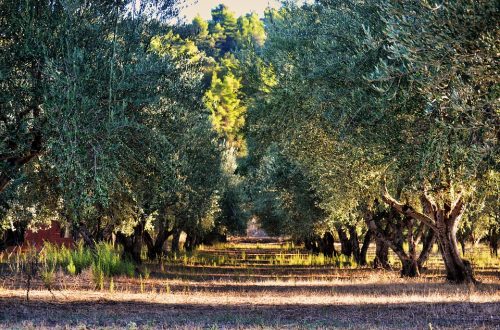Quite some conclusions on the effects of humic acids / humic substances and free-living N-binding bacteria are based on short incubation greenhouse experiments (see for humic substances my previous news item). In Brazil, Da Silva & al. carried out a large field experiment in sugarcane using a mix of humic acids (derived from vermicompost; 20 mg/L K+ humate) and the free-living, N-binding bacteria Herbaspirillum seropedicae HRC54, Herbaspirillum rubrisubalbicans HCC103 and Gluconacetobacter diazotrophicus PAL 5 (together a a density of 2×108 cells/mL) at a dose of 400 L/ha. They reported a significant increase of 18% sugar yield in 2 subsequent years after an annual application 60 days after appearance of the crop. Fertilization took place according to prescription based on soil analysis except urea-N (as urea), which was applied at 1/3rd of the recommended dose. Application on the soil within rows had no effect. The authors conclude that the application is effective under condition of low N fertility.
comments: To find effects of N-binding bacteria under N-limiting conditions is to be expected. The proper agronomic question would be if N-binding bacteria studied here could replace part of the urea fertiliser, and this question has not been resolved with this study.
Da Silva et al. in Chemical and Biological Techniques in Agriculture, https://doi.org/10.1186/s40538-017-0106-8



